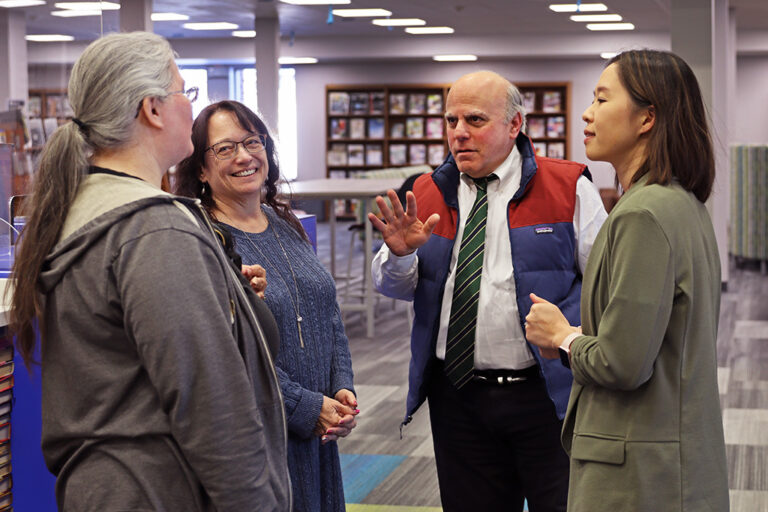From the Dean: Putting the ‘A’ in UND LEADS
As I’ve mentioned here before, one of the big projects that UND Human Resources (HR) has been working on over the past year, with assistance from the national firm Huron Consulting, has been an employee salary study. The analysis of UND employee salaries has been in three parts; Huron Consulting has helped/is helping with the first and third parts: 1) making sure that no federally protected classes of employees (see the government’s list of such classes here) have significantly different salary ranges from everyone else; 2) making sure that all employees are compensated at least at the tenth percentile when compared with appropriate national data; and 3) developing a more comprehensive approach to salary rewards where employee advancement is a key component. As we have discussed, the first two parts of the salary study have been completed now, and I’m pleased to confirm that there have been no significant findings at the SMHS. We did discover through the Huron Consulting analysis that we don’t have a specific policy in place at SMHS (or for that matter at UND) regarding minimum salaries for post-doctoral fellows. Accordingly, we are developing such a policy that will be in effect by July 1, 2024.
The final part of the salary analysis by HR will take place this fall. One of the key elements of this third part of the study will look at how we can further incentivize and encourage faculty and staff to grow in their jobs and in their careers, not only qualifying for salary increases but also gaining more personal satisfaction in their employment here via engaging in meaningful work and/or participating in professional development opportunities to broaden or deepen their skill sets. This latter issue is critical: multiple studies in the management literature have shown that job satisfaction – a sense of accomplishment and making a difference – is a significant factor, along with salary, that helps determine employee retention.
We do a pretty good job of being sensitive to employee satisfaction and have encouraged faculty and staff to develop new skills and expand their portfolio of interests and activities. But I’m sure we can do better, and as part of our strategic plan based on UND LEADS, we plan to look into this aspect of employment at the SMHS even more deeply. After all, the “A” in LEADS stands for affinity, and we want our faculty and staff to feel even more connected to the SMHS and UND. Although our faculty and staff turnover rates are below national and local levels, we can do better to make all of our family feel welcome, valued, and productive.
One practical aspect of this is the national (and international) human capital supply chain challenge that I’ve mentioned before. As a cardiologist, for example, I get nearly daily enquiries from commercial firms looking for cardiologists willing to staff open hospital and clinic positions. Thus, even though our retention rates for faculty and staff are better than at comparable institutions (including within the North Dakota University System), I don’t think we should rest on our laurels. We can and should do even better to optimize our employees’ work experiences and further encourage and support their professional development and maturation. The final phase of HR’s salary project should help do just that. We will be hearing more about this during this coming fall semester. I’m sure we all are looking forward to it!
Joshua Wynne, MD, MBA, MPH
Vice President for Health Affairs, UND
Dean, UND School of Medicine & Health Sciences


